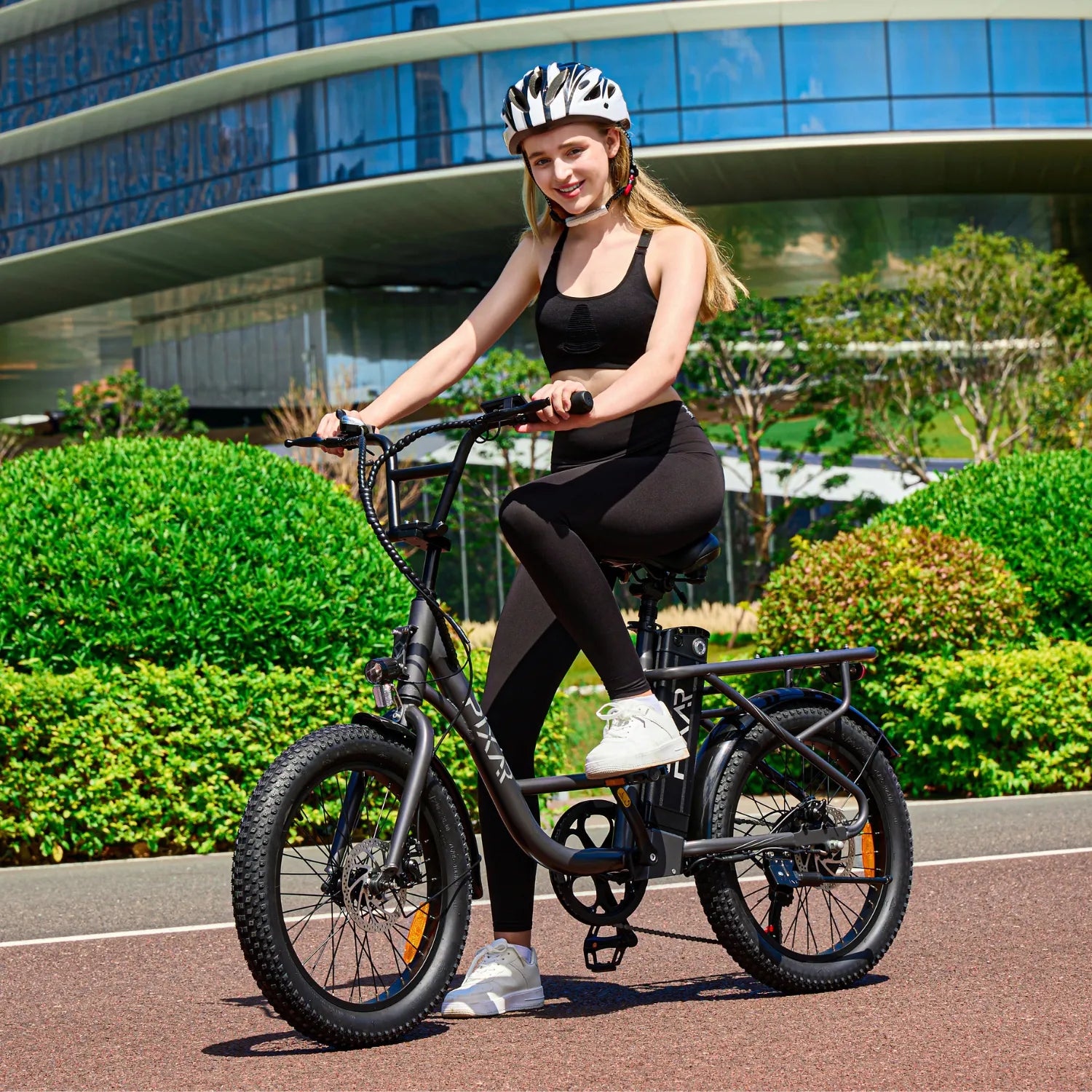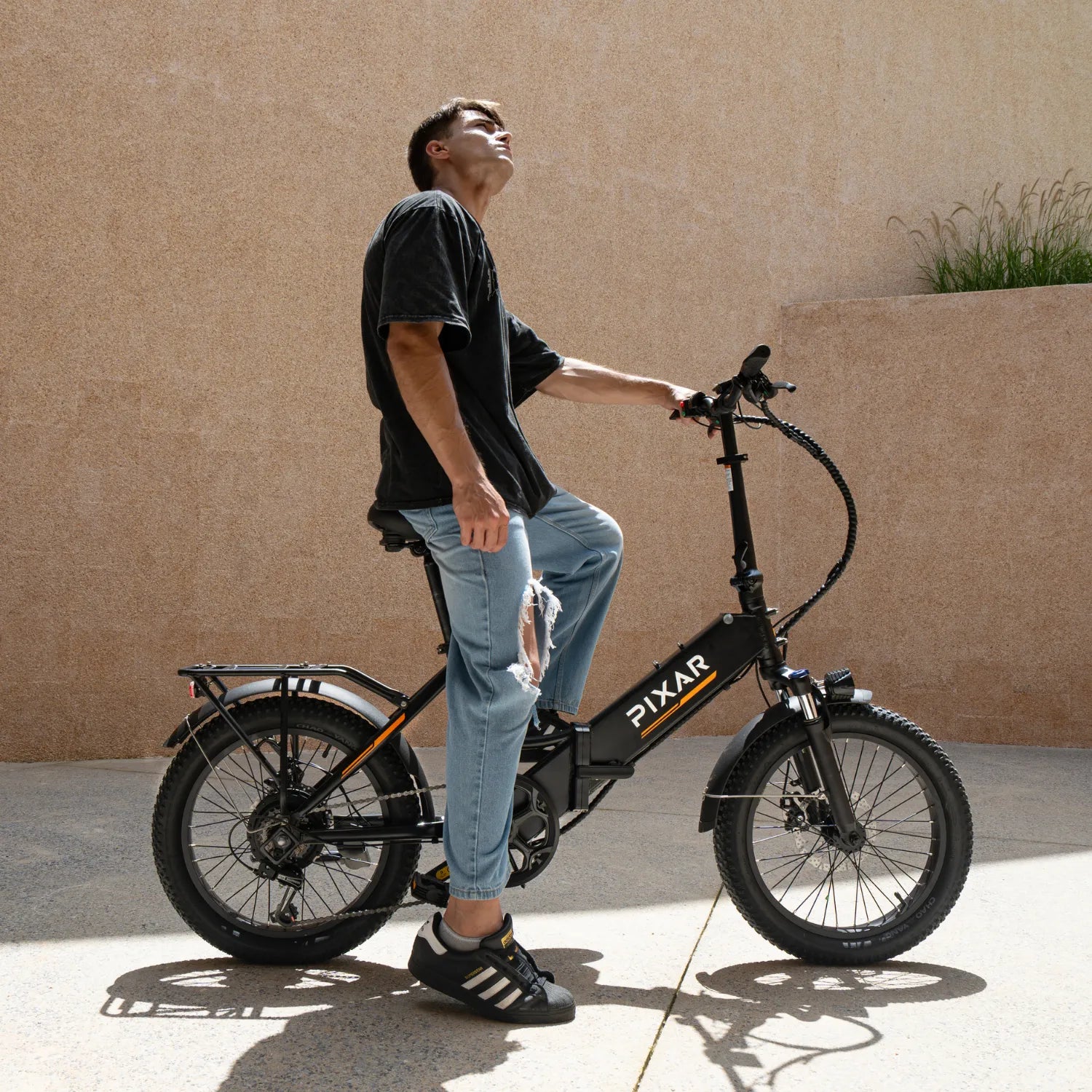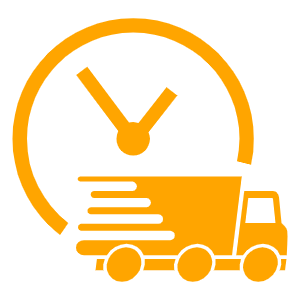That split-second when you squeeze the brake lever and feel nothing but a soft, spongy response? It’s every cyclist’s worst fear. A responsive brake system isn’t just about comfort—it’s your most critical safety feature, especially for e-bikes, where speed and weight demand reliable stopping power. The good news? Most brake issues can be fixed with basic maintenance, no costly repairs needed. Below’s a breakdown of why your brakes might lag, how to troubleshoot them, and how to keep them in top shape.
Common Brake Issues & How to Fix Them
E-bike brakes fall into two main types: mechanical disc brakes (cable-operated) and hydraulic disc brakes (fluid-based). Each has typical problems, but solutions are straightforward once you know what to look for.
1. Mechanical Disc Brakes: Cables, Pads & Alignment
If your brake lever feels loose or needs extra force to engage, these are the usual culprits:
Loose or Frayed Brake Cables
- Symptoms: Lever pulls too close to the handlebar, delayed stopping, or uneven braking.
- Why it happens: Cables stretch over time or get dirty (reducing tension); frayed cables may even snap mid-ride.
- Fix:
- Adjust the tension screw on the brake lever—turn clockwise to tighten the cable for snappier response.
- Inspect cables for fraying. If you see broken strands, replace them immediately (takes 10 minutes with basic tools).
- Lubricate cables annually with dry graphite lube to prevent friction buildup.
Worn Brake Pads
- Symptoms: Squealing, grinding, or reduced stopping power (especially downhill).
- Why it happens: Pads wear down from friction, leaving less material to grip the rotor.
- Fix:
- Check pad thickness—replace if less than 1.5mm (about the width of a credit card edge).
- Clean pads and rotors with isopropyl alcohol to remove oil or grime (even a tiny bit of grease from your fingers cuts friction).
- Pro tip: Choose pad sets with wear indicators—they’ll squeal when it’s time to replace them.
Misaligned Calipers
- Symptoms: Rubbing noises while riding, uneven brake wear, or a “sticky” feel.
- Why it happens: Calipers (the parts holding the pads) shift from bumps or loose bolts, causing uneven rotor contact.
- Fix:
- Loosen caliper bolts slightly, squeeze the brake lever to center the pads, then retighten bolts to 5–6 N·m torque.
- Spin the wheel—if rubbing persists, repeat until the rotor spins freely without noise.
2. Hydraulic Disc Brakes: Fluid, Air & Leaks
Hydraulic brakes offer smoother, more powerful stopping—but they have unique issues:
Air in the Brake Lines
- Symptoms: Spongy lever feel, inconsistent stopping, or longer braking distance.
- Why it happens: Air bubbles get trapped in the fluid; when you squeeze the lever, bubbles compress instead of transferring force.
- Fix:
- For minor cases, gently pump the lever 10–15 times to dislodge small bubbles.
- For persistent sponginess, bleed the system to remove air. Pros do this in minutes, but home users can use “Bleeding Edge” kits to simplify the process.
- Pro tip: Well-maintained hydraulic brakes rarely need bleeding—usually only every 1–2 years.
Low or Contaminated Brake Fluid
- Symptoms: Levers feel rock-hard or suddenly go soft; visible fluid leaks near calipers.
- Why it happens: Fluid levels drop over time, or moisture seeps in (reducing effectiveness).
- Fix:
- Check the fluid reservoir (near the brake lever) and top up with the manufacturer-recommended fluid (DOT or mineral oil—never mix them).
- If fluid looks cloudy or brown, flush the entire system—contaminated fluid causes corrosion and brake fade.
Worn Seals or Leaks
- Symptoms: Wet spots around calipers, dripping fluid, or sudden loss of pressure.
- Why it happens: Seals degrade from heat or age, letting fluid escape.
- Fix: Leave this to professionals—techs can replace worn seals and refill the system to restore performance.
3 Habits to Keep Brakes Working Like New
Preventive maintenance beats emergency repairs—add these to your routine:
1. Weekly Quick Checks
- Squeeze levers: They should feel firm (not soft or sticky).
- Spin wheels: Listen for rubbing (a sign of misalignment).
- Inspect pads: Look for wear or embedded debris (small rocks can damage rotors!).
2. Monthly Deep Cleaning
- Wipe rotors with isopropyl alcohol to remove oil and grime.
- Check cable/hose connections for looseness or damage.
- For hydraulic brakes, verify fluid levels are within the “safe” range.
3. Annual Professional Tune-Ups
A bike tech can:
- Measure rotor thickness (replace if below 1.5mm).
- Bleed hydraulic systems to remove air bubbles.
- Check for frame or fork damage that could affect brake alignment.
Final Note: Brakes Are Non-Negotiable
Sluggish brakes aren’t just annoying—they’re dangerous. By learning to spot common issues, doing basic maintenance, you’ll keep every ride safe and controlled. Remember: Your brakes are your first line of defense—take care of them, and they’ll have your back when it matters most.















Leave a comment
This site is protected by hCaptcha and the hCaptcha Privacy Policy and Terms of Service apply.